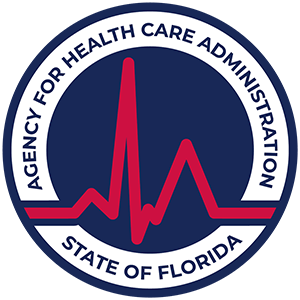Morphine Addiction
People often have questions about what the morphine definition is, and they may also ask, “What does morphine do?” Morphine is an opiate pain medicine that affects the central nervous system by decreasing pain signals and the emotional response a person has to pain. Morphine can be prescribed or given to patients for acute and chronic pain.
What Is Morphine?
Morphine is administered in different ways, including by intramuscular injections, injections under the skin, intravenously and by injection into the spinal cord. Opiates like morphine are also classified as narcotics. When someone is given morphine, the drug binds to opioid receptors in the central nervous system. Different brand names of morphine include Roxanol, Kadian and Avinza.
The potential side effects of morphine are like other opioids. For example, some of the common short-term side effects of opioids include itching, nausea, vomiting and constipation. Also possible are drowsiness, dry mouth and respiratory depression. Possible severe side effects of morphine include:
- Dizziness
- Reduced sex drive
- Impaired sexual function
- Decreased levels of testosterone
- Depression
- Loss of appetite
- Changes in pain tolerance
- Slow breathing
- Increased risk of falling and being in accidents
Morphine slows the central nervous system (CNS) as it binds to opioid receptor sites. The CNS controls breathing and heart rate. If someone takes too high a dose of any opioid, including morphine, their breathing can slow to a deadly point.
If morphine is combined with other central nervous system depressants, the risk of overdose increases. For example, if someone takes morphine with an opioid, a benzodiazepine like Xanax, or they combine it with alcohol, the risk of an overdose increases significantly.
Is Morphine Addictive?
Morphine is a highly addictive drug, as are other opioids. The Federal Drug Administration classifies morphine as a schedule II controlled substance, which means the substance is highly restricted from public access in the United States. Schedule II substances are believed to have a high potential for abuse and addiction, despite their medical uses. Morphine has effects on the central nervous system that are like heroin. When someone uses morphine, it can create a euphoric high and trigger a reward response in the brain, which is why it’s considered addictive. Research shows that people tend to prefer morphine more than other opioids, which could be due to how addictive morphine is compared to other opioids like hydromorphone and oxycodone.
Get the Care You Need
Let us help you.
Along with addiction, morphine can quickly lead to tolerance, which means a higher dosage is needed to achieve the desired effects. Tolerance can lead to dependence. Morphine dependence means that if someone uses the drug consistently and then stops suddenly, they will experience withdrawal symptoms.
If someone is prescribed morphine or is given the drug in a medical setting, their care provider should work to lower the risk of addiction. The risk of becoming addicted to morphine is lower when someone uses the drug exactly as prescribed and instructed. If someone uses morphine outside of how it’s prescribed or intended, then this is considered abuse. Morphine abuse significantly increases the risk of addiction forming. Some noticeable signs of morphine abuse include:
- Shallow breathing
- Nodding off
- Slurred speech
- Small pupils
Morphine Addiction Statistics
Since morphine is an opioid, it’s included in statistics regarding the opioid crisis currently happening in the United States. In the U.S., more than 115 people die every day because of opioid overdoses. This includes prescription opioids like morphine, as well as heroin and synthetic opioids like fentanyl. Research on the opioid epidemic from the National Institute on Drug Abuse shows the following:
- Between 21 and 29 percent of patients who are prescribed opioids for chronic pain abuse them
- Between 8 and 12 percent of people who are prescribed opioids for chronic pain develop a diagnosable opioid disorder
- Opioid overdoses rose 30 percent from July 2016 to September 2017
- According to the Department of Health and Human Services, the use of opioids is a public health emergency
- 4 million people misused prescription opioids in 2016 and 2017
Morphine, like other opioids, is very potent and can quickly lead to abuse and addiction. If you or your loved one is struggling with morphine abuse or addiction to another opioid, treatment is available.
Learn about other addictions
Our passionate counselors work with you to bring balance where needed
Address
Phone
Hours
9:00am – 5:00pm
.webp)
Contact Us
Recovery starts today
We are available 24/7 to assist scheduling your teen's assessment





